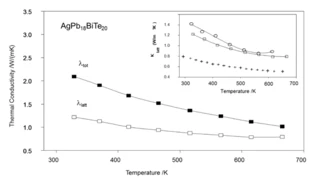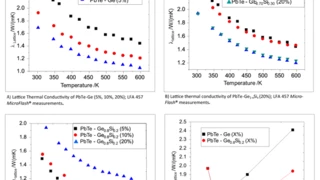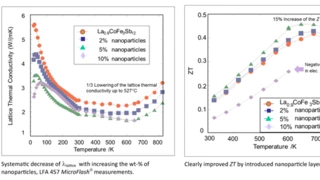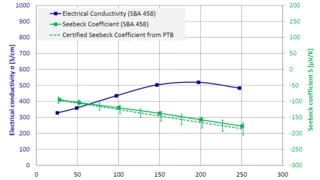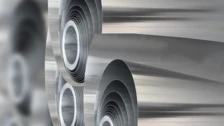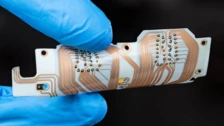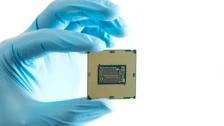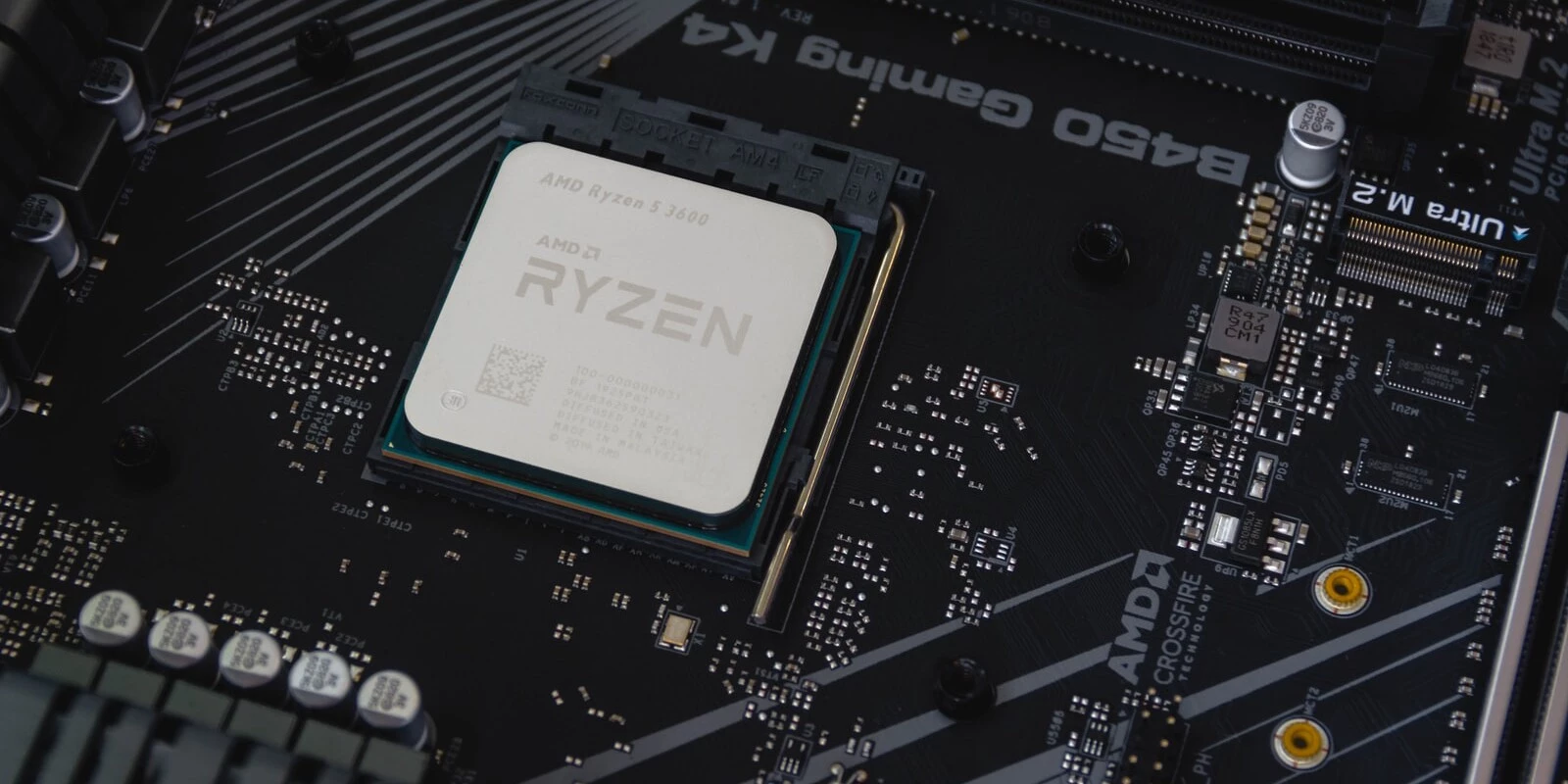
Materiales & Aplicaciones
Materiales Termoeléctricos
La termoelectricidad refiere al fenómeno que se produce cuando una diferencia de temperatura crea una diferencia de potencial eléctrico o una diferencia de potencial eléctrico crea una diferencia de temperatura.
Distintos metales y semiconductores se utilizan habitualmente para estas aplicaciones. NETZSCH ofrece herramientas precisas para la optimización y caracterización de materiales en este campo.
Para optimizar los componentes termoeléctricos, hay que conocer previamente las propiedades térmicas. La conductividad térmica tiene un impacto directo en la eficiencia de un material termoeléctrico.
Literatura de aplicación
Literature

